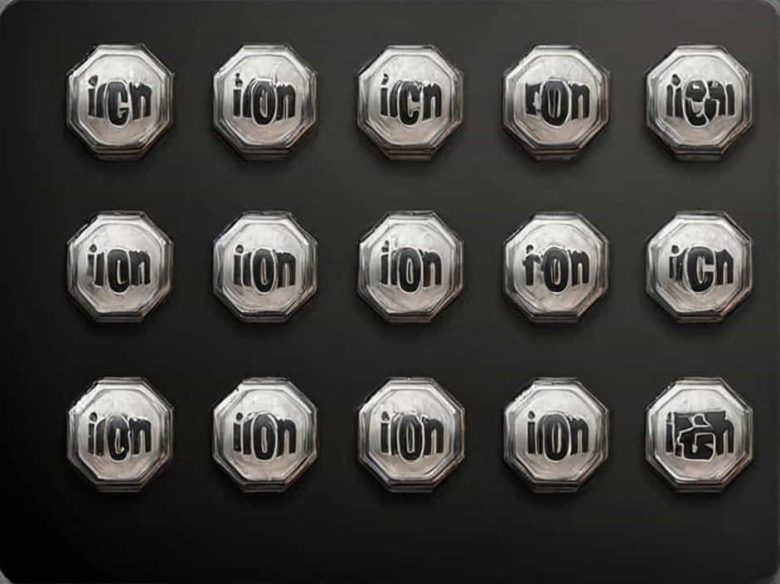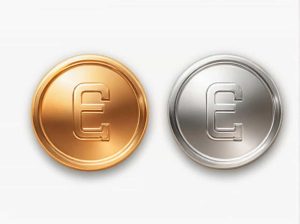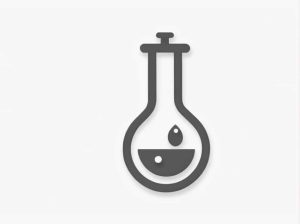Iron is widely used in construction automotive and manufacturing industries due to its strength and durability. However iron is prone to corrosion and rusting when exposed to moisture and oxygen. To protect iron from rust a process called galvanization is used.
What Is Galvanization?
Galvanization is the process of coating iron or steel with a protective layer of another metal to prevent corrosion. The most commonly used metal for galvanization is zinc. This coating protects iron by forming a barrier against environmental factors and preventing oxidation.
This topic explores why zinc is used for galvanization how the process works and its benefits.
Why Is Zinc Used for Galvanization?
1. Corrosion Resistance
Zinc has excellent corrosion-resistant properties. When exposed to moisture and air zinc forms a thin layer of zinc oxide that prevents further oxidation.
2. Sacrificial Protection
Even if the zinc coating gets damaged zinc continues to protect iron through cathodic protection. This means that zinc will corrode first sacrificing itself to protect the underlying iron.
3. Strong Adhesion to Iron
Zinc bonds well with iron surfaces ensuring a long-lasting and durable protective layer.
4. Cost-Effectiveness
Zinc is an affordable and readily available metal making galvanization a cost-effective solution for rust prevention.
How Does Galvanization Work?
There are several methods of galvanization each with different applications and benefits.
1. Hot-Dip Galvanization
✔ The most common method of galvanization.
✔ Iron or steel is dipped into molten zinc at a temperature of about 450°C (842°F).
✔ The zinc reacts with the iron surface forming a zinc-iron alloy layer that provides long-term protection.
2. Electro-Galvanization
✔ A thin layer of zinc is applied to iron using electroplating.
✔ Provides a smoother finish but is less durable than hot-dip galvanization.
✔ Used in automobile parts appliances and electronic components.
3. Sherardizing (Dry Galvanization)
✔ Iron or steel is heated in a sealed container with zinc dust.
✔ The zinc bonds with the iron surface creating a protective coating.
✔ Used for small parts like nuts bolts and fasteners.
Advantages of Galvanized Iron
1. Long-Lasting Protection
Galvanized coatings can protect iron for decades even in harsh environments.
2. Low Maintenance
Unlike paint or other coatings galvanized iron requires little maintenance and does not need frequent reapplication.
3. Environmentally Friendly
Zinc is a naturally occurring element and galvanized coatings do not release harmful chemicals into the environment.
4. Strong Mechanical Resistance
Galvanized iron withstands physical impact scratches and wear better than uncoated iron.
5. Cost-Effective Solution
Compared to stainless steel or other anti-corrosion methods galvanization offers a more affordable and durable alternative.
Applications of Galvanized Iron
1. Construction Industry
✔ Used in roofing fencing and steel frameworks for buildings.
✔ Ensures structural integrity by preventing rust.
2. Automotive Industry
✔ Car bodies and chassis are often made from galvanized steel to prevent rust and extend vehicle lifespan.
3. Household Appliances
✔ Many household items such as refrigerators washing machines and air conditioners use galvanized metal parts.
4. Water and Sewage Systems
✔ Galvanized pipes are commonly used for water distribution systems because of their durability and resistance to corrosion.
5. Electrical Transmission
✔ Electric poles transmission towers and power lines use galvanized steel to withstand weather conditions.
Zinc vs. Other Metals for Galvanization
While zinc is the most widely used metal for galvanization other metals can also be used.
| Metal | Used for Galvanization? | Advantages | Disadvantages |
|---|---|---|---|
| Zinc | Yes (most common) | Highly corrosion-resistant cost-effective long-lasting | None significant |
| Aluminum | Sometimes | Lightweight corrosion-resistant | More expensive than zinc |
| Nickel | Rarely | Strong and durable | High cost |
| Chromium | No | Provides a shiny finish | Does not offer sacrificial protection like zinc |
✔ Zinc is the best choice due to its affordability effectiveness and ease of application.
Challenges of Galvanization
While galvanization is an excellent method for protecting iron it has some limitations:
✔ Not Suitable for Extreme Heat – At very high temperatures (above 200°C/392°F) the zinc coating can degrade.
✔ Limited Flexibility – The coating may crack if the metal is bent or shaped after galvanization.
✔ White Rust Formation – In humid environments white zinc oxide can form on the surface which may affect appearance but not durability.
✔ The metal used for galvanization of iron is zinc due to its corrosion resistance sacrificial protection and cost-effectiveness.
✔ The hot-dip galvanization method is the most widely used technique for applying a protective zinc coating.
✔ Galvanized iron is used in construction automotive household appliances water systems and electrical infrastructure.
✔ Despite some limitations zinc galvanization remains one of the most effective methods for preventing rust and extending the lifespan of iron and steel products.
Understanding galvanization helps industries and consumers choose durable and rust-resistant materials ensuring long-term protection for iron-based structures and products.



